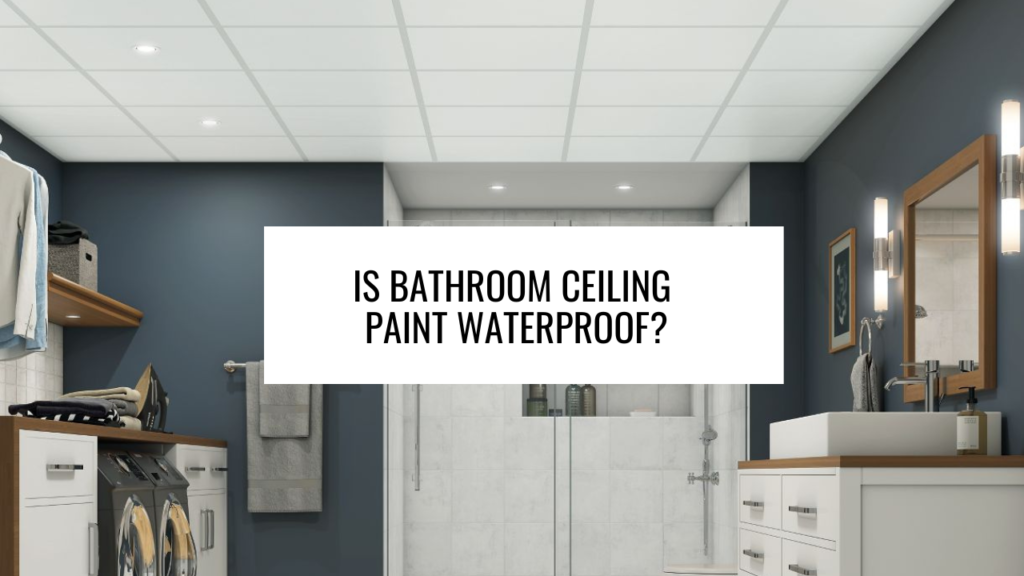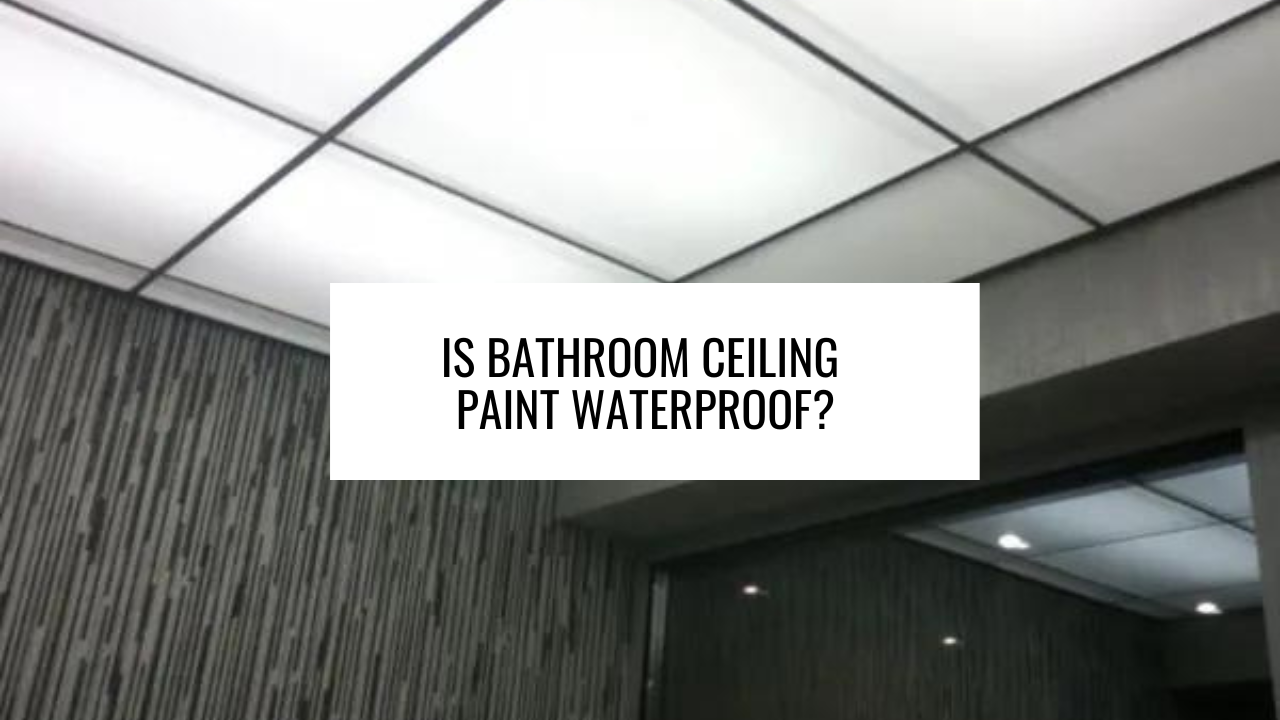When it comes to choosing the right paint for your bathroom, durability and moisture resistance are crucial factors to consider. The bathroom environment is notorious for high humidity levels and occasional water splashes, which can wreak havoc on regular paints. One common question that homeowners often ask is, “Is bathroom ceiling paint waterproof?” In this blog post, we’ll delve into the specifics of bathroom ceiling paint and explore whether it’s truly waterproof.
Understanding Bathroom Humidity
Before addressing the waterproof nature of bathroom ceiling paint, it’s important to understand the unique challenges posed by bathroom humidity. Bathrooms are hotspots for moisture due to activities like showering and bathing. This excess moisture in the air can lead to condensation on surfaces, including ceilings. Regular paint may not hold up well against these conditions, resulting in peeling, blistering, and mold growth.
Moisture-Resistant vs. Waterproof Paint
While the terms “moisture-resistant” and “waterproof” might seem interchangeable, they have distinct differences in the context of paint. Moisture-resistant paints are formulated to withstand higher humidity levels and light moisture exposure, making them suitable for areas like bathrooms. However, they may not provide complete protection against prolonged water exposure or heavy splashes.
On the other hand, truly waterproof paints are designed to create a barrier that prevents water from penetrating the painted surface. These paints are often used in areas with direct water contact, such as swimming pools or exterior surfaces. However, they might not be necessary for bathroom ceilings unless you’re dealing with an extraordinary amount of water exposure.
Bathroom Ceiling Paint Options
When selecting paint for your bathroom ceiling, it’s important to choose a product specifically designed for bathrooms or high-moisture areas. Look for labels that indicate “moisture-resistant” or “mildew-resistant.” These paints contain additives that make them more resistant to moisture-related issues.
Semi-gloss or satin finishes are commonly recommended for bathroom ceilings. These finishes not only reflect light well, brightening up the space, but they also provide a smoother surface that’s easier to clean in case of any splatters.
Best Practices for Painting a Bathroom Ceiling
To ensure the longevity of your bathroom ceiling paint, there are a few best practices to keep in mind:
- Surface Preparation: Before painting, ensure that the ceiling is clean, dry, and free of any existing mold or mildew. Properly prepare the surface by scrubbing off any dirt or grime.
- Primer: Applying a moisture-resistant primer can create a solid foundation for the paint to adhere to. It also helps in preventing moisture from seeping into the substrate.
- Quality Paint: Invest in high-quality bathroom paint from reputable brands. Spending a little extra upfront can save you from headaches in the long run.
- Ventilation: Proper ventilation in the bathroom is essential. A good exhaust fan helps in reducing humidity levels, which in turn lessens the strain on your bathroom ceiling paint.
Conclusion
While bathroom ceiling paint might not need to be entirely waterproof, it should definitely be moisture-resistant to stand up against the challenging bathroom environment. When choosing paint for your bathroom ceiling, look for products labeled as suitable for high-moisture areas. Remember to prepare the surface properly, use a moisture-resistant primer, and opt for a semi-gloss or satin finish for better durability.
So, is bathroom ceiling paint waterproof? In most cases, it’s not necessary for it to be fully waterproof, but it should be specifically designed to resist moisture and mildew. By making an informed choice and following best practices, you can ensure that your bathroom ceiling remains fresh and well-protected for years to come. For more help, ask professional painters such as Sarson Painting.


